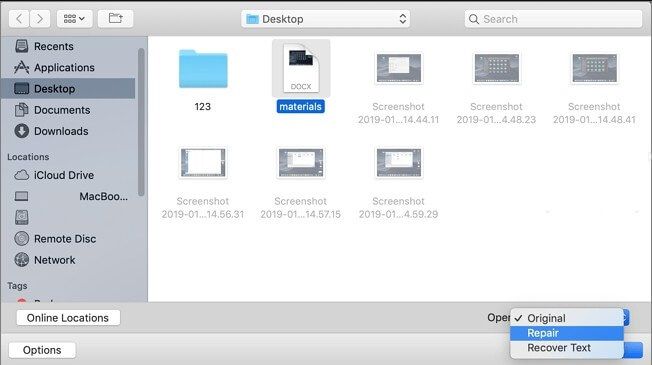

Microsoft Windows' safe mode (for 7/ Vista / XP / 2000/ ME/ 98/ 95 ) is accessed by pressing the F8 key as the operating system boots. Safe mode is intended for maintenance, not functionality, and it provides minimal access to features. Safe mode typically provides access to utility and diagnostic programs so a user can troubleshoot what is preventing the operating system from working normally.

OPEN WORD FOR MAC IN SAFE MODE INSTALL
For example, on Microsoft Windows, the user can also choose to boot to the Recovery Console, a small text-based troubleshooting mode kept separate from the main operating system (which can also be accessed by booting the install CD) or to various "safe mode" options that run the dysfunctional OS but with features, such as video drivers, audio, and networking, disabled. It can also take the form of a parallel "miniature" operating system that has no configuration information shared with the normal operating system. Though it varies by operating system, safe mode typically loads only essential executable modules and disables devices except for those necessary to display information and accept input.

An installation that will only boot into safe mode typically has a major problem, such as disk corruption or the installation of poorly-configured software that prevents the operating system from successfully booting into its normal operating mode. In safe mode, an operating system has reduced functionality, but the task of isolating problems is easier since many non-core components are disabled, such as sound. Microsoft Windows, macOS, Android and Linux distributions such as Ubuntu and Linux Mint are examples of contemporary operating systems that implement a safe mode (called "Safe Boot" in macOS) as well as other complex electronic devices.


 0 kommentar(er)
0 kommentar(er)
